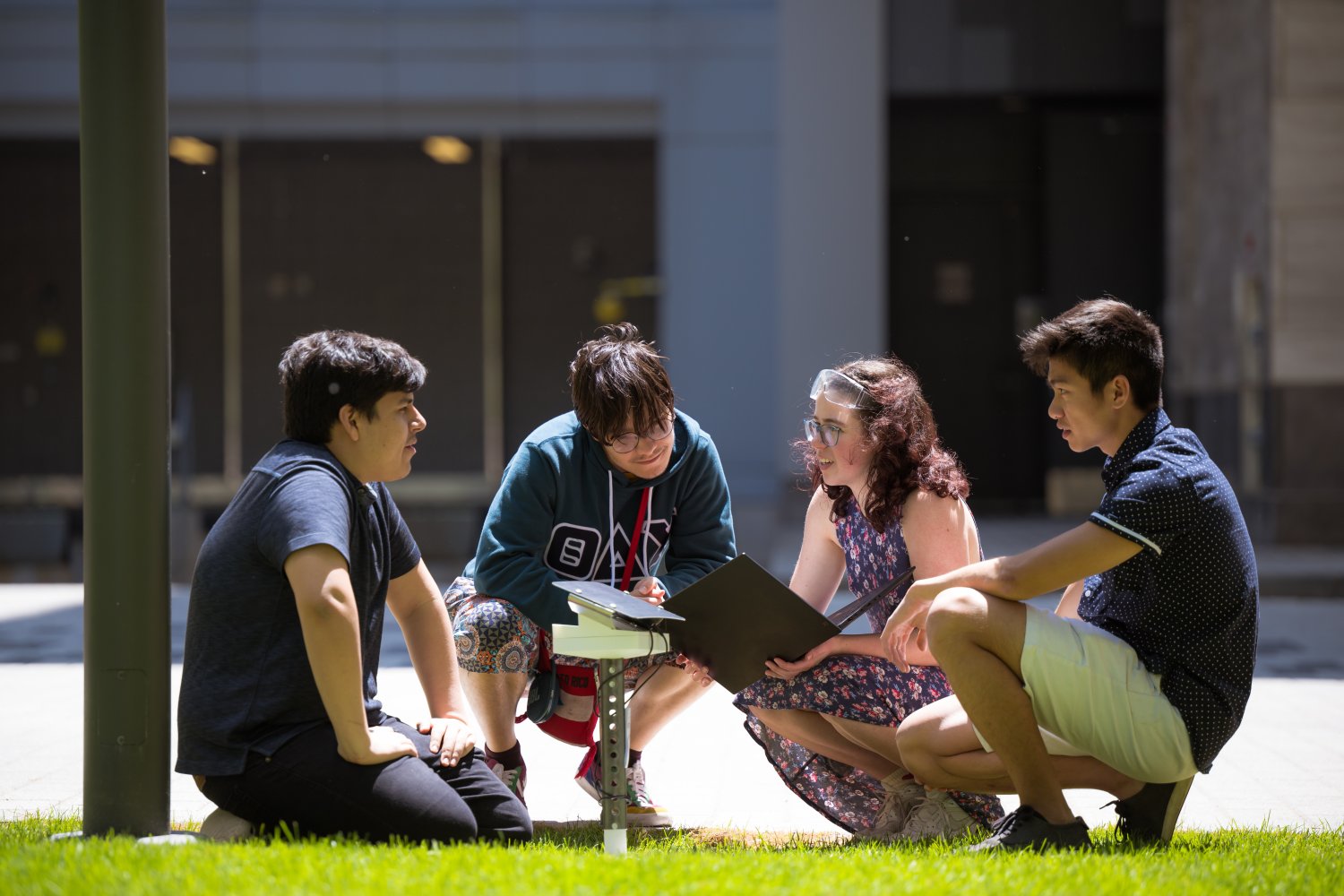High Jeweler Taffin Expands to Miami With Second Showroom – WWD
James Taffin de Givenchy isn’t someone who likes to sit still. And with that, the jeweler — whose high jewelry maison Taffin has been based in New York since its founding in 1996 — has decided to set up a second showroom in Miami.
In taking stock of a clientele that is spending more time outside New York, along with his own personal hobbies and curiosity to push boundaries and try something new, de Givenchy felt that a second space felt was an apropos move.
“I love a challenge. I think it’s really fun to start new projects — it’s what drives me, whether it’s a new piece of jewelry or a new space, it’s what keeps me feeling alive and happy,” the jeweler said.
The expansion southward came as de Givenchy — whose designs contextualize important gemstones with a sense of lightness, whimsy and contemporary edge — noticed a wider shift in his client base.
“Most of my clients moved to Palm Beach — some of them for most of the year. I didn’t want to go where they were in Palm Beach and thought Miami was an exciting place. It’s exploding with so many cultures. It’s really Latin America in many ways, that charm. I wanted to give it a shot and I’m discovering that it’s very fun,” he said.
Taffin has established its new showroom in the South Miami alcove of Coconut Grove, an area that de Givenchy has held a longtime affinity for. He first discovered the walkable neighborhood of lush, overgrown greenery and old-fashioned bungalows during a college vacation. In recent years, the Coconut Grove marina has been home to his hobbiest boat.
Inside Taffin’s Miami showroom.
Julian Cousins
“I am not much of a beach guy and went to Coconut Grove and discovered you can have a tree house,” the jeweler said.
The neighborhood, like many areas in Miami, is in the midst of a post-pandemic boom with the construction of numerous luxury apartment towers, designer hotels and retail hubs. For de Givenchy, it offers his clients an escape.
“If they want to come down, they can take the train [from Palm Beach] if they don’t like driving. I think it’s a fun, interesting thing to do to take a few days off,” de Givenchy said.
The jeweler did acknowledge one caveat: “Summers [here] are going to be a little humid, but so is New York. I expect it to be quieter through hurricane season and get busier when everyone gets back.”
Taffin Coconut Grove maintains design codes that have been part of the jeweler’s selling spaces since his early days. “The first time I had a showroom in New York, it was above what is the Carolina Herrera store today. At the time it was a Givenchy store and my uncle [Hubert de Givenchy] sold the building. The people who purchased it didn’t need the top floor and I designed the showroom around a loft space. I designed two forms in collaboration with Daniel Romualdez that allowed people to move through the space so it didn’t feel static,” de Givenchy said.
Those forms — made of glossed wood veneer — are still used at Taffin’s current Madison Avenue space in Midtown. De Givenchy had them recreated for Miami in a darker lacquered palette to compliment the space’s more graphic bent. The curved forms have pocket caselines built within their walls, requiring clients to walk around the space and view his jewelry in more of a gallery format.
Setting the stage, Taffin Coconut Grove features palm frond wallpaper in its entry, a Louis Poulsen light fixture, Vladimir Kagan furniture as well as mementos, books and objets d’art from de Givenchy’s personal collection.

Inside Taffin’s Miami showroom.
Julian Cousins
“Our Miami showroom is in an office building that used to be compartmentalized into cubicles. We broke everything open and have a fabulous view over the tree tops of Coconut Grove, it’s not a view of the water but instead of the carpet of green ficus and mango trees,” de Givenchy said, calling the overall look “Taffin Tropicale.”
The jeweler, however, has no intention of leaving New York. He currently splits his time between the two cities and maintains a full staff at his Midtown showroom and atelier.
De Givenchy said it’s yet to be seen how Miami lends a broader influence to his design sensibilities. “The lifestyle is different than New York. Florida is less conservative when it comes to jewelry. There’s no way you can spend so much time somewhere without being affected by it,” he said.
Taffin’s in-house atelier produces all of its jewelry, according to de Givenchy’s specifications. With the jeweler now splitting its inventory across two spaces, de Givenchy is looking to grow his production team and capacity. “I am trying to set up a factory here [in Miami], which would certainly make it much easier for me to translate impressions directly from what I see,” he said.
De Givenchy has spent time as a mentor in the jewelry department at the Savannah College of Art and Design, where his daughter is enrolled in a fashion merchandising program. He is also using the opportunity to scout young talent that can be trained as jewelers in his workshops.
“I need someone to work and be my hands. I have jewelers on my bench for years and we learn a lot from each other, I teach them how to model specifically what I want. The biggest thing for any jeweler is to own your manufacturing — if you don’t, you are basically working for someone else, it’s a different sensibility,” de Givenchy said.
The jeweler has been ahead of the curve throughout his career. In 2012, he purchased a ceramic curing machine made for watches and began using it in high jewelry — coating precious metals in durable, saturated colors. His expansion to Miami also follows an early tune — exploring boom markets in both South Florida and Latin America, but also riding a historic wave for the high jewelry industry as a whole.

Inside Taffin’s Miami showroom.
Julian Cousins
Taffin has maintained its status as an independent voice in high jewelry for decades. This is now playing out to be especially timely as global conglomerates like Compagnie Financière Richemont and LVMH Moët Hennessy Louis Vuitton peg the growth of their jewelry divisions to high jewelry sales. Executives for jewelers like Tiffany & Co. and Bulgari have told WWD in recent months that an unprecedented amount of new wealth worldwide has paved the way for a gold rush in the high jewelry category at a historic scale.
But de Givenchy appears unaffected by the broader industry craze. “I don’t try to grow,” he said. “We have grown over the years but we have to consider the capacity of the workshop and that’s as big as we can get. I lose a client here and gain a client there — I entertain my clients.
“Guys like LVMH have such large markets they cover, there’s such a huge push and so much promotion behind it. Their intention is to grow to the Middle East and all these areas — of course they are going to notice some serious growth in sales,” de Givenchy added.
In Miami, he’s contending with a different kind of boom. “Ultimately I’m very, very happy with this new venture. It was a challenge to build something here, faced with so much growth it was a big challenge to get this space built and completed. But I love a challenge, it’s what drives me.”



